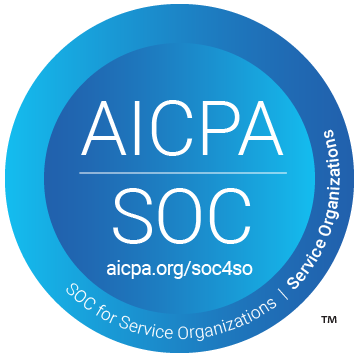Though these terms appear together frequently, there are differences between a business continuity plan and a disaster recovery plan. Both are critical for ensuring your organization can survive a disaster incident, and it is important to understand the roles they both play.
At a high level, a business continuity plan is broad in scope and details how an organization will continue operations should an outage occur, while a disaster recovery plan details the technical aspects of how an organization will restore data and services. Learn more about both plans and their differences below:
What is a Business Continuity Plan?
A business continuity plan is designed to ensure critical operations continue as normal during a disaster incident. This plan broadly addresses the business as a whole and paints a picture of its essential operations. It should include details such as the following:
- Priority assignments for critical business services and operations
- Identified disaster risks and how the business will respond to each
- Contact details for business stakeholders
- Protocols for communication during a disaster incident
- Details for contingency locations (workspace and datacenter)
- Any essential supplies or vendors
- Cybersecurity insurance details
While technology services are certainly a key element in a business continuity plan, this plan should go beyond IT to address all aspects of how a business operates. Crafted properly, this plan will ensure resiliency to any possible disruption to operations.
What is a Disaster Recovery Plan?
A disaster recovery (DR) plan is a more focused part of the wider business continuity plan. Its scope is primarily the data and information systems that enable the business to function. This plan is developed to ensure technology assets are protected and available for recovery when an outage occurs. Depending on the disaster scenario, the plan may involve anything from recovering specifics subsets of data to the entire datacenter or cloud infrastructure. As such, it will typically cover details including:
- Data backup solutions and procedures
- RTO and RPO requirements for each technology asset
- Restoration and failover procedures
- Contact details for key personnel
- Any third-party contacts critical to data recovery
- DR testing to confirm restoration works as expected
With a comprehensive DR plan, your organization will not have to worry about the challenges of losing valuable assets. In a world reliant on digital technology, it is essential to complete regular backups and have solutions catered to protecting your organization’s assets in the event of a disaster.
What are their key differences?
A major difference between these plans are their scope and intent. A DR plan is a crucial component of a broader business continuity plan. Disaster recovery refers to the way data and services are restored following an outage incident. In contrast, business continuity refers holistically to the way a business maintains operations during such an incident.
As your organization develops these plans, it is important to conduct risk assessments of disaster scenarios, their likelihood, and their impact. Ask questions such as:
- Which of our systems are critical to maintaining business operations as normal?
- What natural disasters are at stake based on our location?
- What controls will prevent cyber risks to our critical systems?
Overall, it is best for your organization to be prepared for anything. Developing these plans and implementing the accompanying technology solutions requires experience and expertise. This is especially true if you operate in a highly regulated industry such as financial services or life sciences. If your organization is in need of a helping hand, or you would prefer to fully outsource your data protection services, Coretelligent is here to help.
Coretelligent’s CoreBDR solution: Delivering resiliency for your organization
CoreBDR is a fully managed cloud-based data protection and disaster recovery solution built on the power of Veeam software combined with Coretelligent expertise. Our experts are here to handle all your data protection needs, from developing strategy and documentation to implementing technology solutions. With CoreBDR you can minimize downtime, ensure compliance requirements are satisfied, offload the overhead of managing backups, and rest easy knowing your data is safe no matter how severe the disaster.
Coretelligent has over 15 years of experience providing IT solutions to financial services, life sciences, and other industries. Schedule your complimentary, initial consultation today to discuss CoreBDR and how it can protect your business operations.


